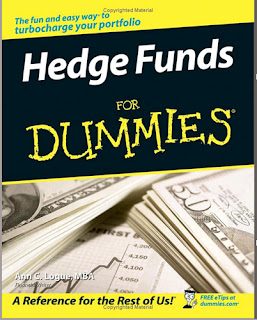Dubai Hedge Fund and Private Equity Activity Trend
 While Dubai is a tourism hotbed and most well known for its modern architecture, indoor ski slopes and record numbers of tourists it is fast positioning itself as the financial center for northern Africa and the middle east as a whole. There are over 400 investment firms now based in or that have plans to build offices in the Dubai Financial Center. The ease of investment regulations and low taxes have attracted hundreds of professionals to the area.
While Dubai is a tourism hotbed and most well known for its modern architecture, indoor ski slopes and record numbers of tourists it is fast positioning itself as the financial center for northern Africa and the middle east as a whole. There are over 400 investment firms now based in or that have plans to build offices in the Dubai Financial Center. The ease of investment regulations and low taxes have attracted hundreds of professionals to the area.It was recently announced that Dubai International Capital (DIC) invested a 9.9% stake in an American hedge fund Och-Ziff earlier this month. Other US investment firms that have sold pieces of their firms to investment groups in Dubai include The Carlyle Group and Apollo Management. Each has resulted inminority ownership of less than 15%, but I believe we just starting to see the beginning of a trend here. More up and coming financial centers such as China, Brazil, and the United Arab Emirates will be playing catch-up to other financial centers by making large investments in US and UK based investment firms.
- Richard
Permanent Link: Dubai Hedge Fund and Private Equity Activity
Related Posts: South African Hedge Funds, Chinese Hedge Funds, Private Equity Investor Road Shows in South Africa
Related Terms: Dubai hedge fund and Private Equity Activity, dubai hedge funds, dubai hedge fund of funds, dubai private equity, hedge fund in dubai, private equity in dubai, dubai investments, investors in dubai






